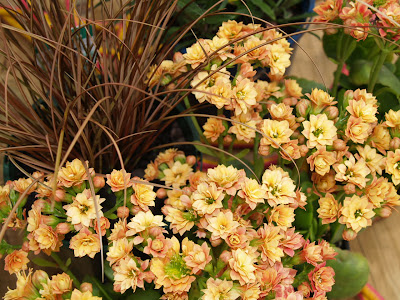 How sweet is it? Using a refractometer to test the quality of fruit and vegetables.
How sweet is it? Using a refractometer to test the quality of fruit and vegetables.
Two of my mates said I needed one of these Brix refractometers if I was going to get serious about growing organic fruit and vegetables. One uses his for testing the sweetness of his grapes in the lead up to their harvest for wine production. The theory behind it is that within a given species of plant, the crop with the higher refractive index will have a higher sugar content, higher mineral content, higher protein content and a greater specific gravity or density.This adds up to a sweeter tasting, more minerally nutritious food with lower nitrate and water content, lower freezing temperature and better storage attributes. So these strawberries I picked today gave a reading of 16+ which is in the excellent range compared with some store bought ones which gave a 6 reading which is in the poor range. This explains why the store bought ones taste like cardboard!


























